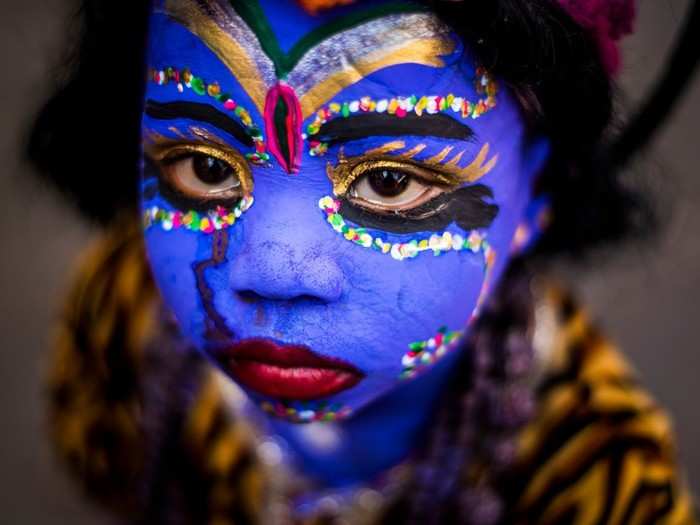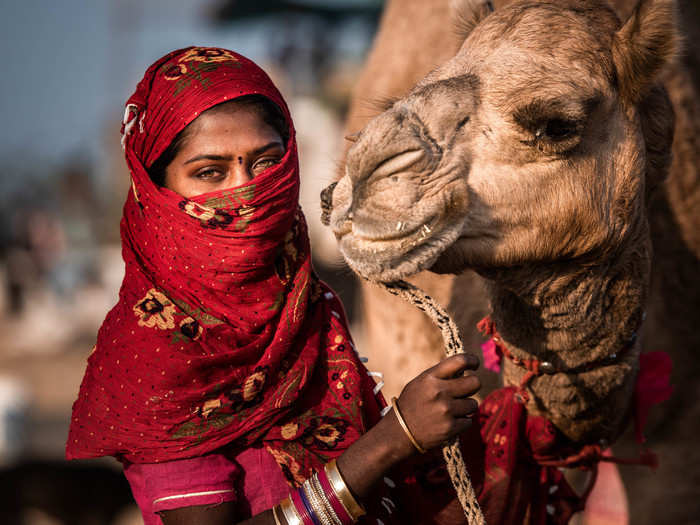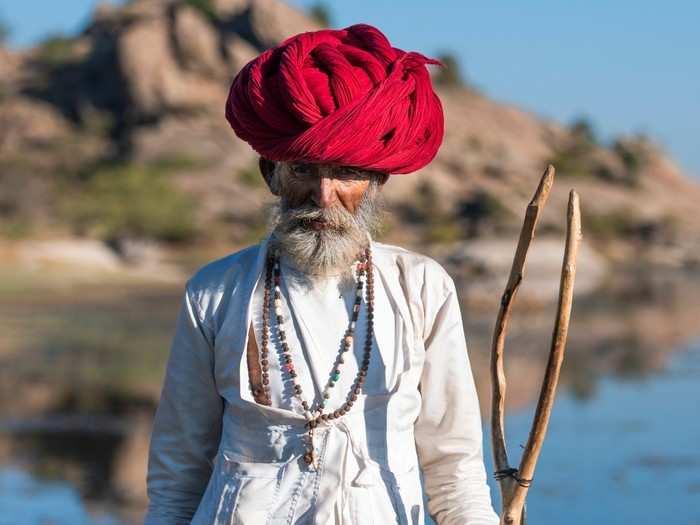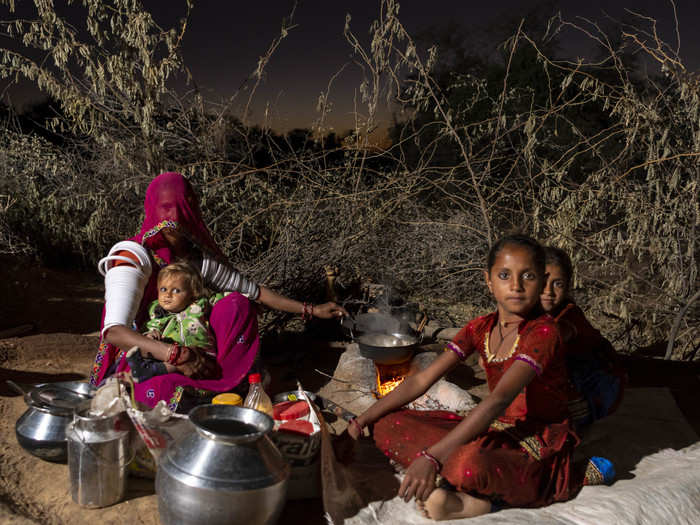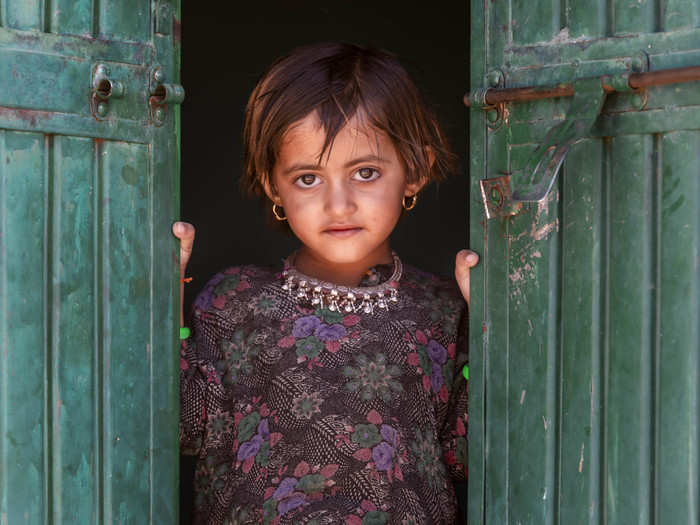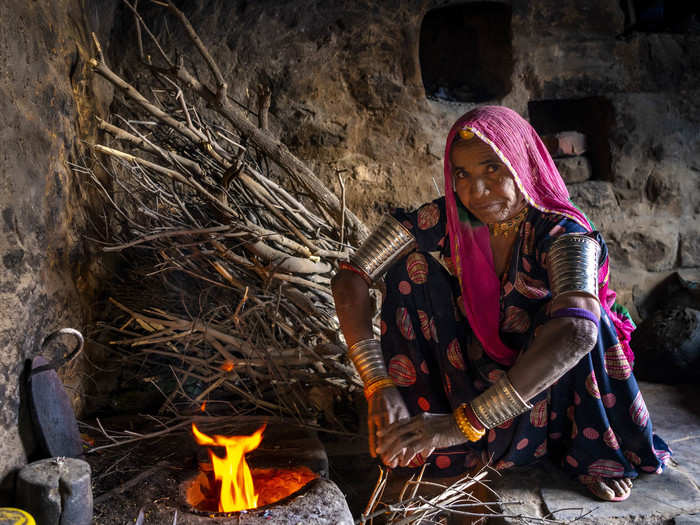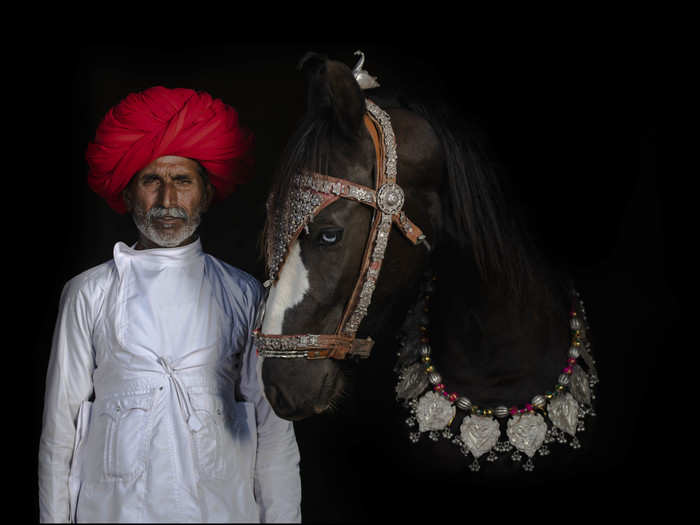Harsh Agarwal
- For Harsh Agarwal, who owns a travel company called Indian Maharaja Tour, therapy comes in the form of scrolling through the moments he has stored in his photo gallery.
- He bought his first DSLR camera, a Canon 1100 D, in 2009 when he witnessed a magnificent tiger emerging from the mist at Ranthambore Tiger Reserve on a client trip and had nothing to capture that moment in.
- He now uses the Nikon D850, Nikon D810 with Nikon 200-500mm, Nikon 70-200 (2.8), Nikon 24-70 (2.8), Nikon 85 mm (1.8), Nikon 50 mm (1.8), and Tokina 16-24 (2.8) lenses.
During these dystopian times, when the country is collectively whimpering in pain, harking back to happier times is perhaps one of the few ways to hang on to hope. And for Harsh Agarwal, who owns a travel company called
Indian Maharaja Tour, therapy comes in the form of scrolling through the moments he has stored in his photo gallery.
Agarwal started his career as a tour guide in 2007. “I was always fascinated with the cameras my western guests use to carry,” Agarwal tells Business Insider.
However, he only bought his first DSLR camera, a Canon 1100 D, in 2009 when he witnessed a magnificent tiger emerging from the mist at Ranthambore Tiger Reserve on a client trip and had nothing to capture that moment in.
“After finishing my tour, the first thing I did was I bought my camera and I started travelling on my own,” says Agarwal. He now uses the Nikon D850, Nikon D810 with Nikon 200-500mm, Nikon 70-200 (2.8), Nikon 24-70 (2.8), Nikon 85 mm (1.8), Nikon 50 mm (1.8), and Tokina 16-24 (2.8) lenses.
Little boy dressed as Shiva during the Pushkar Fair
Harsh Agarwal
Taken at the Brahma Temple during the Pushkar Fair in 2019, this young boy is one of the many who dress up as the god Shiva. Every year, during Kartik Purnima (in November), thousands of people converge in Pushkar, Rajasthan, bringing with them thousands of camels, horses and cattle. The town becomes a dazzling swirl of colour. While this event's primary reason is to trade livestock, the actual draw is the plethora of side acts such as snake charmers, performing acrobats, moustache and turban contests that take centre stage.
Woman belonging to the Kalbeliya tribe
Harsh Agarwal
Taken in Pushkar, Suman belongs to the Kalbeliya tribe of Rajasthan. The community is famous for catching snakes. In fact, the word Kalbeliya means ‘one who catches kal (black) objects’ -- referring to snakes. There is also a famous dance form by the same name and is believed to have been somewhat inspired by the movement of snakes.
Man belonging to the nomadic Rabari tribe
Harsh Agarwal
Taken in Narlai, Rajasthan, this man donning a massive bright red turban belongs to the nomadic Rabari tribe. Also called the Rewari or Desai, these tribespeople are typically camel herders who have branched out to herding goats, sheep and cattle. Their presence is not limited to Rajasthan and can be found in most of Northwest India.
Family belonging to the Rabari tribe
Harsh Agarwal
This family also belongs to the Rabari tribe, but from the Bhaiswada region in Gujarat. This particular family owns approximately 250 Kankrej cows but doesn't have access to electricity, so Agarwal had to use a portable flash to light it up.
Chilling with a chillum after a long day
Harsh Agarwal
Rabari men walk for over 35 kilometres with their cows to graze on 26 different herbs and bushes. At the end of the day, they all gather and smoke chillum (traditional smoking pipe) over long conversations and stories of the day.
Rabari man posing with his Kankrej cow
Harsh Agarwal
This Rabari man poses with his highly prized possession, the Kankrej cow. This breed is also known as Bannai, Nagar, Talabda, Vaghiyar, Wagad, Waged, Vadhiyar, Wadhiar, and Wadial, and they primarily come from the Kutch area in Gujarat. Each cow can yield up to 1800 litres of milk in lactation, and each cow can cost upwards of ₹30,000.
Child belonging to the Sindh-Muslim community
Harsh Agarwal
Peeping out of her doorway, this child belongs to the Sindh-Muslim community and lives at the border of Jaisalmer. Also known as Sandhai, this community has their roots in the Sindh Province of Pakistan.
Lady belonging to the Beldar community
Harsh Agarwal
This lady belongs to the Beldar community who mostly consist of masons. This picture was taken right after the lockdown in a village called Baramsar. The women usually ferry heavy items such as bricks on their head all day only to return to toil some more by tending to household chores.
Meghwal women
Harsh Agarwal
Taken in Kutch, Gujarat, this woman belongs to the Meghwal (also known as Meghwars or Megh) community. Known for their intricately hand-crafted garments, the women can be easily identified who belongs to what region based on the type of embroidery on their garments. The embroidery work is done as a group where women sit together and chat while they work on their individual projects.
Marwari horse with keeper
Harsh Agarwal
Adorned in beautiful silver jewellery, Marwari horses are the pride of the Marwar region of Rajasthan. In 2014, the genome of these horses was mapped, and it revealed that this breed has its roots in native ponies breeding with Arabian horses. These majestic beasts were an integral part of the royal cavalry that significantly contributed to many battles.

